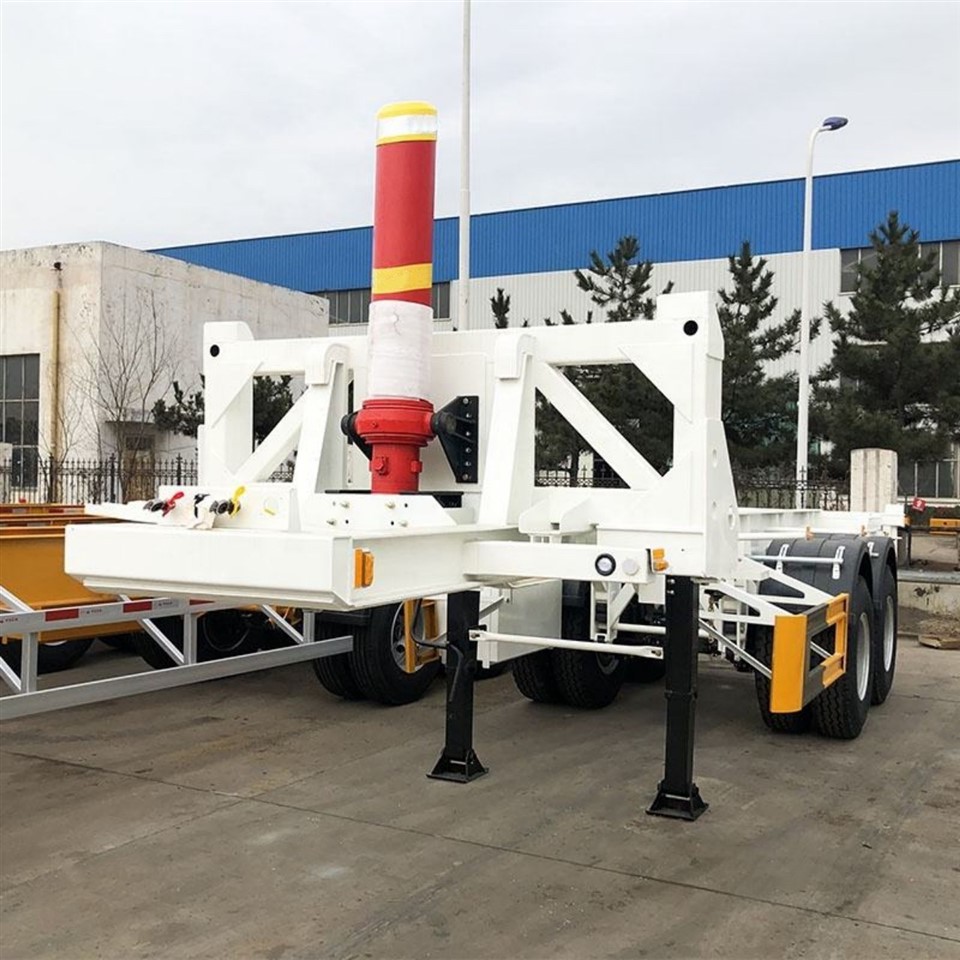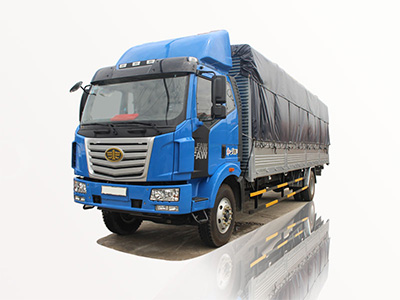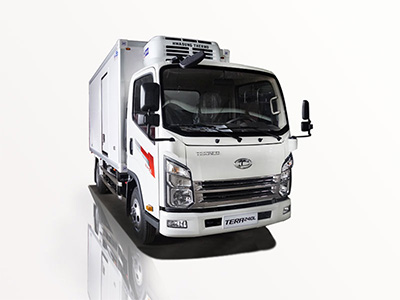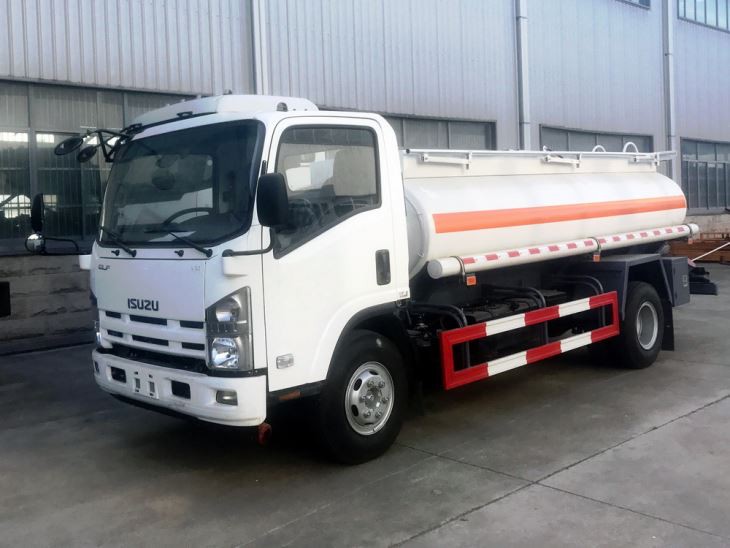In the world of construction, transportation, and heavy machinery, few assets are as vital as big trucks and equipment. These machines play a crucial role in various industries, from agriculture to logistics. When choosing the right big truck or equipment, there are numerous factors to consider. This comprehensive guide aims to provide insights, tips, and examples to help you navigate the vast landscape of big trucks and equipment.
Table of Contents
- Understanding Big Trucks
- Types of Big Trucks
- Essential Equipment for Big Trucks
- Choosing the Right Big Truck for Your Needs
- Maintenance and Care of Big Trucks
- Safety Practices for Big Truck Operation
- Costs and Investment Considerations
- Working with Contractors and Rental Services
- The Future of Big Trucks and Technology Trends
- Frequently Asked Questions
Understanding Big Trucks
Big trucks are designed to transport large loads and operate under rigorous conditions. Their robust construction enables them to handle heavy-duty tasks, making them indispensable for various sectors, including construction, mining, and agriculture. Understanding big trucks requires familiarity with their components, operation, and the types of loads they handle.
The Importance of Big Trucks
- Efficiency: They transport goods faster than smaller vehicles.
- Capacity: They can haul larger loads, reducing the number of trips needed.
- Versatility: They adapt to various tasks, from hauling gravel to transporting heavy machinery.
Types of Big Trucks
Big trucks come in various forms, each tailored for specific functions. Here are the most common types:
1. Dump Trucks
Dump trucks are vital in construction and demolition, allowing for easy unloading of materials.
2. Flatbed Trucks
These trucks have a flat, open bed, making them suitable for transporting large or awkwardly shaped items.
3. Box Trucks
Box trucks feature a completely enclosed cargo area, ideal for transporting sensitive items like furniture or electronics.
4. Tanker Trucks
Designed for transporting liquids, these trucks are crucial in industries such as fuel delivery and food transportation.
5. Refrigerated Trucks
Refrigerated trucks maintain a cold atmosphere, essential for transporting perishable goods.
6. Heavy Haul Trucks
These specialized trucks transport oversized loads that exceed standard size limits.
Essential Equipment for Big Trucks
Equipping your big truck with the right tools and accessories enhances its functionality and safety. Here are essential items to consider:
1. GPS Tracking Systems
Navigation systems improve route planning, reduce fuel expenses, and enhance safety.
2. Load Securement Tools
Proper straps, tarps, and chains ensure that cargo remains secure during transit.
3. Emergency Kits
Equip your truck with first aid supplies, flares, and tools for roadside emergencies.
4. Communication Devices
Two-way radios or satellite phones ensure consistent communication, especially in remote areas.
5. Fuel Management Systems
These systems monitor fuel consumption, helping optimize efficiency and reduce costs.
Choosing the Right Big Truck for Your Needs
Selecting the right big truck is crucial for successful operations. Here are factors to evaluate:
1. Purpose
Define the primary tasks your truck will perform. Will it haul construction materials, transport liquids, or manage freight deliveries?
2. Payload Capacity
Consider the maximum weight capacity required for your operations. Ensure that the truck you choose meets or exceeds this requirement.
3. Terrain
Analyze the driving conditions. Some models are designed for off-road use, while others are optimized for highway driving.
4. Fuel Efficiency
Consider fuel types and engine specifications to minimize operational costs over time.
5. Brand and Reliability
Choose reputable brands known for quality and reliability. Research models based on user reviews and longevity.
Maintenance and Care of Big Trucks
Proper maintenance ensures the longevity and efficiency of big trucks. Here’s a breakdown of best practices:
1. Regular Inspections
Frequently check the truck’s brakes, lights, tires, and engine for any signs of wear or damage.
2. Scheduled Maintenance
Follow the manufacturer’s recommended maintenance schedule, which typically includes oil changes, filter replacements, and inspections.
3. Tire Care
Maintain proper tire pressure and rotate tires regularly for even wear and longevity.
4. Cleaning
Regularly wash and wax the truck’s exterior to protect against rust and damage.
5. Record Keeping
Maintain logs of repairs, inspections, and maintenance schedules to track the truck’s health over time.
Safety Practices for Big Truck Operation
Safety should always be a priority in big truck operation. Implementing strict safety measures can help prevent accidents:
1. Licensing and Training
Ensure all drivers are well-trained and possess the necessary licenses to operate big trucks.
2. Pre-Trip Inspections
Conduct thorough pre-trip inspections to identify issues before hitting the road.
3. Load Distribution
Properly distribute weight and secure loads to prevent shifting during transit.
4. Adherence to Traffic Laws
Always follow road rules, including speed limits and regulations regarding oversized loads.
5. Use of Safety Gear
Drivers should wear seat belts and use other personal protective equipment as needed.
Costs and Investment Considerations
Investing in a big truck involves several costs beyond the initial purchase price. Here’s what to keep in mind:
1. Initial Purchase vs. Leasing
Determine whether buying, leasing, or renting suits your budget and operational needs.
2. Operating Costs
These include fuel, maintenance, insurance, and permits. Calculate these costs to assess total ownership expenses.
3. Financing Options
Explore loans and financing opportunities that offer competitive rates and favorable terms.
4. Depreciation
Understand how depreciation affects your asset value over time, especially when planning for upgrades.
5. Taxes and Incentives
Investigate potential tax deductions related to operational expenses, equipment purchases, or energy efficiency incentives.
Working with Contractors and Rental Services
Sometimes, leasing or hiring contractors for specific projects makes more sense than outright ownership. Here’s how to navigate that process:
1. Understanding Your Needs
Determine the types of big trucks required for the project and prepare a list of specifications.
2. Researching Companies
Look for reputable contractors or rental services with positive feedback and a solid track record. Gather quotes to compare prices and services.
3. Contracts and Agreements
Carefully review any contracts or agreements highlighting responsibilities, insurance, and rental terms.
4. Training for Operators
If renting equipment, ensure that your operators are familiar with the specific models to ensure safety and efficiency.
5. Maintenance Responsibilities
Clarify who is responsible for maintenance and repairs during the rental period to avoid misunderstandings.
The Future of Big Trucks and Technology Trends
As technology evolves, so do the big trucks and equipment used in various industries. Here’s what to look out for:
1. Automation and Self-Driving Technology
With advancements in AI, automated trucking could reduce operational costs and improve safety while addressing driver shortages.
2. Electric and Hybrid Trucks
The shift toward sustainable energy is pushing manufacturers to design and develop electric trucks, potentially reducing carbon footprints.
3. Smart Fleet Management
Utilizing IoT for fleet management will facilitate better tracking, maintenance scheduling, and real-time data analysis.
4. Advanced Safety Features
Future trucks may come equipped with predictive braking systems, lane-keeping assist, and improved accident prevention technologies.
5. Digital Platforms for Maintenance
AI-powered platforms can provide insights into maintenance needs based on real-time data, minimizing downtime and repair costs.
Frequently Asked Questions
1. What are the average costs associated with owning a big truck?
The total cost of ownership includes the purchase price, insurance, maintenance, fuel, and possible repairs. On average, it can range from $50,000 to over $150,000 annually.
2. How often should I perform maintenance on my big truck?
Maintenance should be conducted as per the manufacturer’s recommendations, typically every 5,000 to 15,000 miles depending on the truck and its usage.
3. Are there specific regulations for operating big trucks?
Yes, regulations vary by state and country, including licensing, weight limits, and safety standards. Make sure to stay informed about local laws.
4. What are the benefits of leasing a big truck?
Leasing often requires a lower initial investment, can offer maintenance packages, and provides flexibility to upgrade to newer models regularly.
5. How can I improve the fuel efficiency of my big truck?
Proper maintenance, including regular tuning and tire pressure checks, adopting fuel-efficient driving practices, and minimizing idling can significantly improve fuel efficiency.
6. Can big trucks be customized for specific needs?
Yes, many manufacturers offer customization options for big trucks, allowing modifications based on industry-specific requirements.



